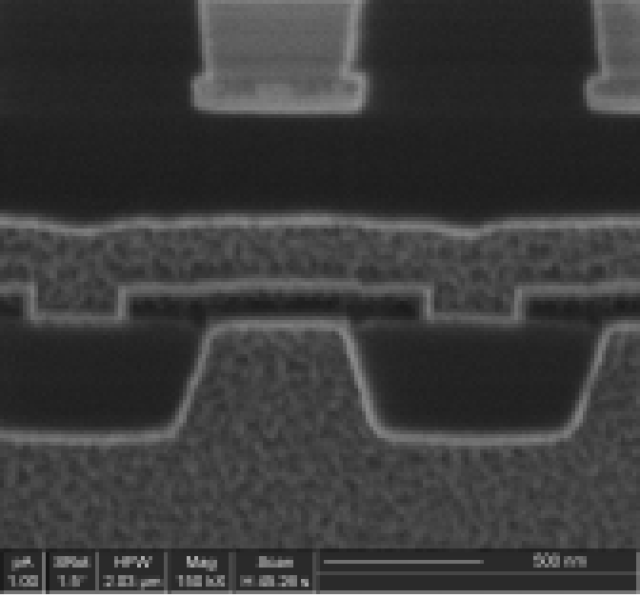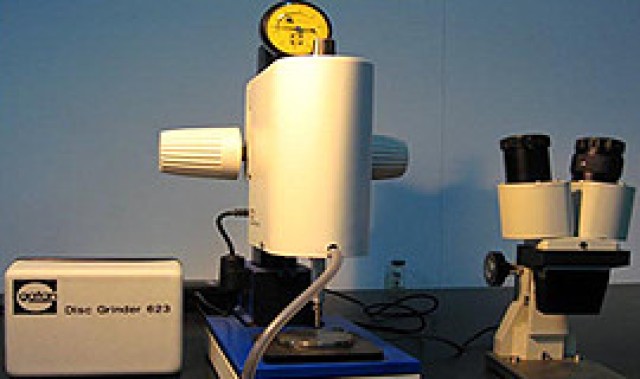
商洛纳米压痕英语翻译
- 纳米压痕
- 2024-05-13 14:40:18
- 146
Title: The Role of Nanoscale indentation in Modifying the Mechanical Properties of Materials
Introduction:

Nanotechnology has revolutionized the way we perceive and interact with materials. The ability to manipulate matter on an atomic and molecular scale has led to the development of innovative products and technologies that can be tailored to meet specific applications. One such technology is nanoscale indentation, which involves the use of nanoscale probes to indentate the surface of a material. This process has been shown to modify the mechanical properties of materials, such as hardness, wear resistance, and Ductility. In this article, we will explore the role of nanoscale indentation in modifying the mechanical properties of materials and its potential applications.
Overview of Nanoscale Indentation:
Nanoscale indentation is a highly precise technique that involves the use of nanoscale probes to indentate the surface of a material. The probe is designed to have a sharp and well-defined contact with the surface, allowing for accurate measurements of the indentation depth and contact area. The indentation process can be controlled by adjusting the pressure and contact duration, leading to precise control over the depth and nature of the indentation.
Mechanical Properties Modification:
The indentation process of materials results in the creation of defects in the crystal lattice, which can alter the mechanical properties of the material. These defects can either create or remove weak bonds in the crystal lattice, leading to changes in the hardness and Ductility of the material. The depth and nature of the indentation can also affect the wear resistance of the material, as the probe can create a small contact area at the interface between the probe and the material.
Applications:
Nanoscale indentation has a wide range of applications in various industries, including aerospace, automotive, and construction. In the aerospace industry, nanoscale indentation can be used to modify the properties of materials used in aircraft components, such as wing skins and fuel tanks. In the automotive industry, nanoscale indentation can be used to improve the performance of brakes and improve the refractive properties of lenses. In the construction industry, nanoscale indentation can be used to modify the properties of concrete, such as increasing its strength and durability.
Conclusion:
In conclusion, nanoscale indentation is a highly precise technique that can be used to modify the mechanical properties of materials. The ability to control the indentation process allows for tailored modification of specific properties, leading to increased innovation and technological advancements. As the technology continues to evolve, we expect to see wider applications of nanoscale indentation across various industries.
专业提供fib微纳加工、二开、维修、全国可上门提供测试服务,成功率高!

上一篇
透射电镜制样方法视频教学
下一篇
静电标准值是多少毫安








